Trying to decide between abies firma or abies homolepis
Heruga (7a Northern NJ)
6 years ago
last modified: 6 years ago
Featured Answer
Sort by:Oldest
Comments (20)
bengz6westmd
6 years agosc77 (6b MA)
6 years agoRelated Discussions
Abies on firma source
Comments (4)Check with Flo Chaffin of Specialty Ornamentials 706-310-0143. She has some abies on Firma but I am not sure if she mail orders or if she was growing them onto larger sizes. David...See MoreAbies firma in Zone 5 for understock
Comments (7)Heritage Seedlings - The best seedling stock I've ever seen by the way. They send the stuff to you in a strange orange in color shredded paper type material with the scent of a clean bathroom. Really weird stuff. With an order from these cats though, a 100 plant minimum of anything the offer must be met, and the minimum is for one thing. After that, seedlings can be purchased in bundles of 25 for anything else you'd like to add to any order. I buy my Acer palmatum rootstock from them to meet my 100 and then I buy conifers in varying numbers. Check em out! They also carry some real unusal shat as well. Grafted plants and rare seedlings. 10 out of 10. Dax...See MoreAbies recurvata, ernestii, firma, or chensiensis?
Comments (16)Hi all, this group of Abies has a wide range, with very different climates. I would like to react on the idea of grouping A. chensiensis, A. recurvata, A. ernestii and A. salouensis into one single species. They certainly have a common ancestor but have evolved separately. In reference to the types of each species, each spécies has individual characters that separate them. But it must be understood that these characters are not fixed like a statue, and that there are meeting areas. For example, in southern Gansu, in northern Yunnan and in C. Sichuan, and in these places, intermediate forms are sometimes difficult to classify in one or the other species. In the type locality of a species the taxa are very characteristic and the further away we are the more we find variations. It is therefore normal that the trees we grow are not always as characteristic as those described in the books. The authors of the descriptions often had only herbarium specimens at their disposal. The original descriptions represent only a moment T of the life of a plant. They do not reflect all the variation of a species. Here is an example of two-year variations of an original Abies recurvata from the type locality, min river valley, south of Songpan city, Sichuan....See MoreAnyone own abies homolepis, what is your experience with deer on it?
Comments (19)As mentioned above, deer will eat anything if they're desperate enough. I work at a nursery that has above 4 million plants, 90% of which are Abies, Pinus, and Picea. We move "deer food" varieties under poly during the winter, and leave what they don't prefer outside. HOWEVER, last winter they were desperate, and although they don't normally eat Picea abies, they destroyed a block of about 30,000.... I know "it depends" isn't the answer you're looking for, but sometimes that's the best we can do. Mother deer start teaching the babies what to feed on in the fall, so, if they "get a taste" for fir nearby, they will most likely come after you homolepis if left unprotected. There are several biotic factors at play, most of which are related in ways outside our human capacity to figure out:: The relative ratio of suburban to urban to rural area, near you specifically, compared to the average number of deer per square acre, in your area, compared to the average age of mature deer in your area, compared to the average size herd, in your area, compared to the forest flora that's forageable in the winter, in your area, etc, etc, etc....See Moredavidrt28 (zone 7)
6 years agolast modified: 6 years agoHeruga (7a Northern NJ)
6 years agoHeruga (7a Northern NJ)
6 years agodavidrt28 (zone 7)
6 years agolast modified: 6 years agoHeruga (7a Northern NJ)
6 years agolast modified: 6 years agohairmetal4ever
6 years agodavidrt28 (zone 7)
6 years agolast modified: 6 years agodavidrt28 (zone 7)
6 years agolast modified: 6 years agosc77 (6b MA)
6 years agodavidrt28 (zone 7)
6 years agolast modified: 6 years agosc77 (6b MA)
6 years agodavidrt28 (zone 7)
6 years agolast modified: 6 years agodavidrt28 (zone 7)
6 years agolast modified: 6 years agohairmetal4ever
6 years agoEmbothrium
6 years agolast modified: 6 years agodavidrt28 (zone 7)
6 years agolast modified: 6 years agoEmbothrium
6 years agolast modified: 6 years ago
Related Stories
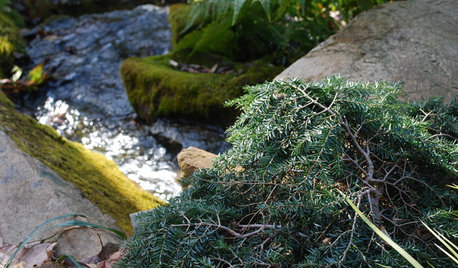
GARDENING GUIDESGreat Design Plant: Tsuga Canadensis ‘Bennett’
Bennett Canadian hemlock thrives in shade and provides sculptural interest in eastern U.S. gardens
Full Story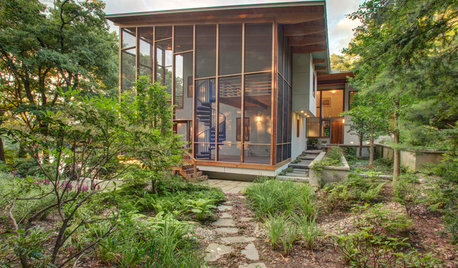
GARDENING AND LANDSCAPINGBreezy and Bug-Free Modern Porches
Screening keeps pests out of these diverse porches across the U.S., while thoughtful designs keep them visually appealing
Full Story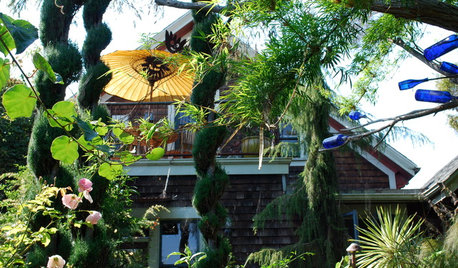
PLANTING IDEASDesigning With Conifers: How to Unite Your Landscape
Create a landscape full of intrigue and artistry with the right placement of conifers and their supporting players
Full Story
PLANTING IDEASStretch the Budget, Seasons and Style: Add Conifers to Your Containers
Small, low-maintenance conifers are a boon for mixed containers — and you can transplant them to your garden when they’ve outgrown the pot
Full Story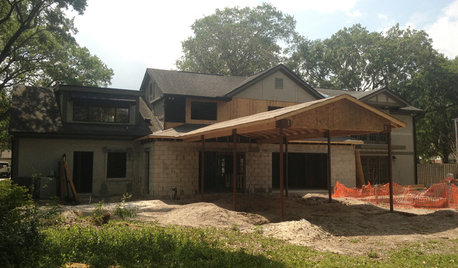
REMODELING GUIDESHouzz Survey: Renovations Are Up in 2013
Home improvement projects are on the rise, with kitchens and baths still topping the popularity chart
Full Story
LANDSCAPE DESIGNBoxwood Alternatives Bring the Chelsea Flower Show to You
Don’t let box blight limit your plans to borrow garden design ideas from the renowned British event
Full Story






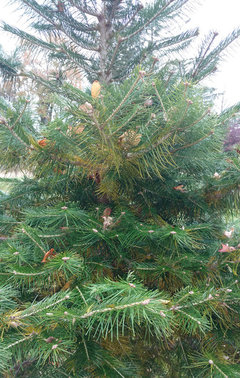




sc77 (6b MA)